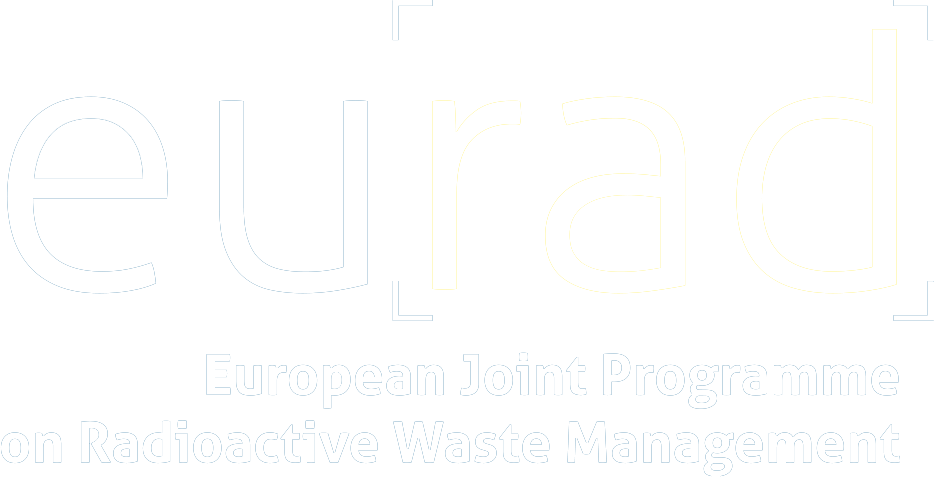Current safety concept in Belgium for geological disposal of intermediate and high level waste relies on hydraulic and mechanical integrity of the host clay formation (Boom Clay). However, the integrity of Boom Clay can be affected by coupled thermal, hydraulic and chemical perturbation of the material. In particular, hydro-mechanical performance of the clay due to chemical perturbation (CHM) is the least understood phenomenon especially under complex in situ stress paths. For example, for the EUROBITUM bituminized waste disposal, the clay will be subjected to complex stress paths from the start of construction of repository due to excavation, drainage and convergence phases. Subsequently, at longer times, expansive waste forms upon contact with the pore fluid present in the clay, tends to swell and release high concentrations of NaNO3 as well as leaching of calcium from cementitious engineered barriers. All these processes will have strong impact on the hydro-mechanical behavior of the surrounding clay. The swelling of waste, can exert enormous expansive pressure on the surrounding clay and modify further its stress states and generate deformation, and to certain extent, generate again the damage in the host rock (modification of the microstructure, shear bands, tensile fracture, etc.), which in turn will modify hydraulic properties. Moreover, it is well known that the pore fluid chemistry may have important consequences on hydro-mechanical properties and microstructural alterations (mineral composition and pore size distribution changes) of the clay, consequently, another question is raised: what are the impacts of these alkaline and NaNO3 plumes on the hydro-mechanical behavior of the Boom Clay for the Bituminized waste disposal? As such there exists no comprehensive experimental data to date that addresses this complex feature and thus making it difficult to assess long term safety of the repository system for such kind of waste disposal.
The objective of the PhD is therefore to investigate in a comprehensive manner and with a well-established experimental programme the chemical effect on the hydro-mechanical behavior of Boom Clay. The PhD pursues a three-prong approach:
- Extensive laboratory experiments using oedometer and shear tests (simple or triaxial tests) on Boom Clay samples under different loading conditions and chemical perturbations.
- Development of a CHM constitutive law for the Boom Clay. The chemo-mechanical coupling behaviour will be described within an elasto-plastic framework. Based on the test results to be obtained with this PhD programme, the chemical effect on the mechanical behaviour will be introduced in the recently developed bounding surface with anisotropy model as well as classical models, including parameter estimation from the above experiments.
- The newly developed model will be applied to design an in situ packer swelling test in the context of large scale in situ testing initiative at the HADES laboratory, SCK CEN. The chosen scenario will be similar to the CHM evolution of Bituminised waste disposal.
The minimum diploma level of the candidate needs to be
- Master of sciences in engineering
The candidate needs to have a background in
- Bio-engineering
- Other
Estimated duration
4 years


